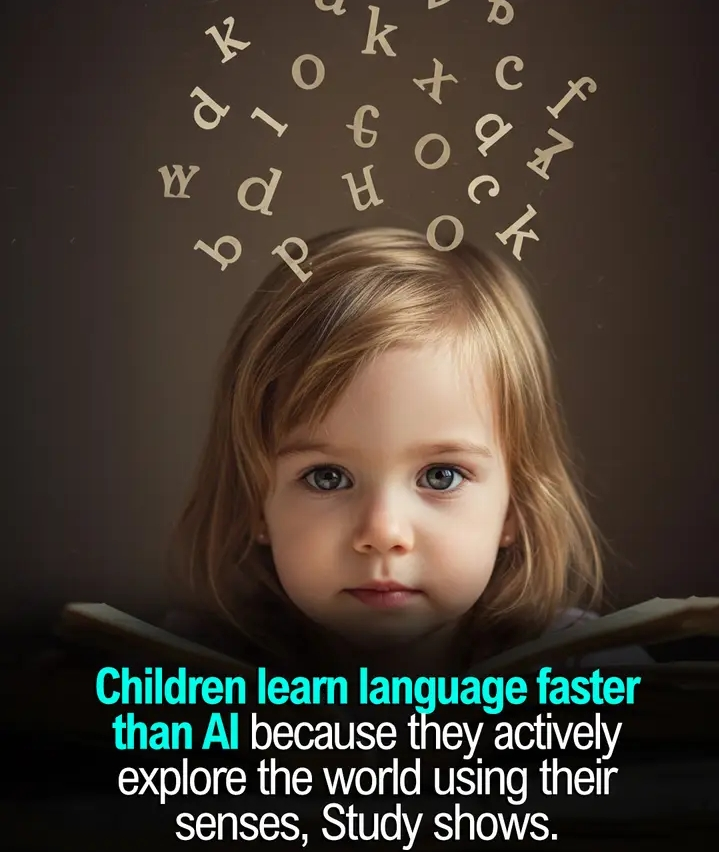Children are faster than Ai🔥

Even though AI can process huge amounts of data quickly, it still can’t match how fast children pick up language. According to new research from the Max Planck Institute for Psycholinguistics, the secret lies in how children experience the world. Kids don’t just read or listen to words—they touch, crawl, explore, and constantly interact with their surroundings. This hands-on, multi-sensory learning helps them connect sounds, objects, and meanings in a way that machines simply can’t do yet.
Children actively drive their learning by being curious. When they point at things or crawl toward toys, they’re setting up their own little language lessons. Their brains process sight, sound, movement, and social cues all at once, making their understanding of language deeply rooted in real life. AI, on the other hand, mostly learns from massive amounts of written or spoken data without being physically involved. It processes information but doesn’t live it.
The researchers believe that this could change how we build AI in the future. If we want AI to learn language more like humans, we may need to rethink how machines are designed—to learn from movement, touch, emotion, and interaction, just like kids do. It’s not just about more data—it’s about how that data is experienced.
Study :
PMCID: PMC6868443 PMID: 31803099



